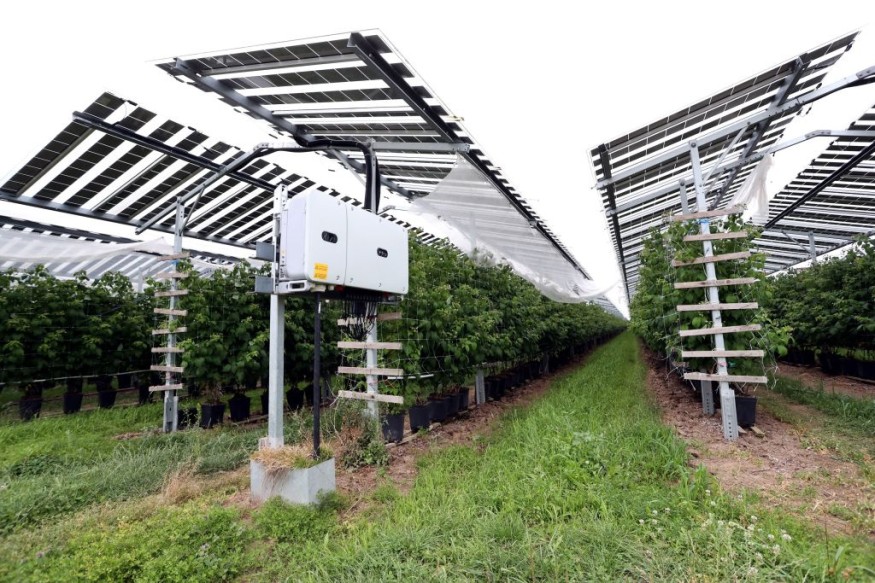
Scientists found that scaling up artificial photosynthesis, which one day might take the place of solar panels, can produce limitless clean energy.
Limitless Clean Energy
The scientific community worldwide has long pursued a solution for generating limitless clean energy.
Recent breakthroughs suggest that artificial photosynthesis may hold the key to tapping into the energy generation processes of plants for the benefit of the human race.
This innovative approach emerged from a pioneering study, where scientists successfully replicated the natural photosynthesis process to create methane, a highly energy-dense fuel.
Surprisingly, this achievement relies on only three key components: water, carbon dioxide, and sunlight.
The details of this groundbreaking discovery are laid out in a fresh paper recently published in ACS Engineering.
Upon scaling up this method, it could potentially replace solar panels as the premier source of limitless, clean energy-a goal that has eluded researchers for decades.
The visionary team, spearheaded by Kazunari Domen, went a step further by developing a mechanism that utilizes sunlight to split water into hydrogen and oxygen gas.
Their ultimate aspiration is to refine the process, making it closely resemble the intricate carbon dioxide absorption and energy storage system used by plants.
This would essentially create an artificial form of photosynthesis.
Scaling Up Artificial Photosynthesis
This system closely resembles solar panels but diverges by emulating photosynthesis to generate more storable energy.
Instead of merely capturing and storing solar energy, it mimics the plant's photosynthetic process.
However, upscaling the system to meet city-wide demands presents challenges outlined in the team's research paper.
The key challenge lies in preventing methane leaks, as it is crucial for efficient energy storage. Any leaks would contribute to greenhouse gas emissions, exacerbating climate change and global warming concerns.
Previously, Domen and colleagues successfully designed a sunlight-driven system that splits water into hydrogen and oxygen gas.
Their current goal is to advance this process to closely replicate photosynthesis, incorporating carbon dioxide absorption to store solar energy in the form of methane. They are committed to achieving this using cost-effective and easily scalable materials while addressing the associated technical hurdles.
To assist in fueling the reaction, the scientists developed a set of reaction cells that resembled solar panels and were individually coated with an aluminum-doped strontium titanate (SrTiO3) photocatalyst.
These coated cells were given a water fill before being exposed to the sun.
As a result, the water split into oxygen and hydrogen gas, which were then separated, and the pure hydrogen gas was fed into the system's second component.
Methane and water were produced in the second chamber in the second chamber's reaction with the hydrogen gas and CO2, with the latter being recycled back into the photoreactor's first stage.
The cells were then assembled into a 130-square-foot array, roughly the size of a small bedroom, which ran nonstop for three days in various weather conditions.
Although encouraging, the team is aware that more work needs to be done to increase the effectiveness of artificial photosynthesis systems before these systems can be used to generate substantial amounts of electricity.
According to the researchers, this proof-of-concept system might be expanded to produce bigger quantities of sustainable biofuels as well as precursors for plastics or other chemical feedstocks.
Related Article : Smart Farming in Tokyo Enlists Fewer Farmers as Quality Tomatoes are Grown in Greenhouses Using 5G + Smart Glasses
© 2025 NatureWorldNews.com All rights reserved. Do not reproduce without permission.





